2025 Hyundai Inster Review: Great Thing, Small Package
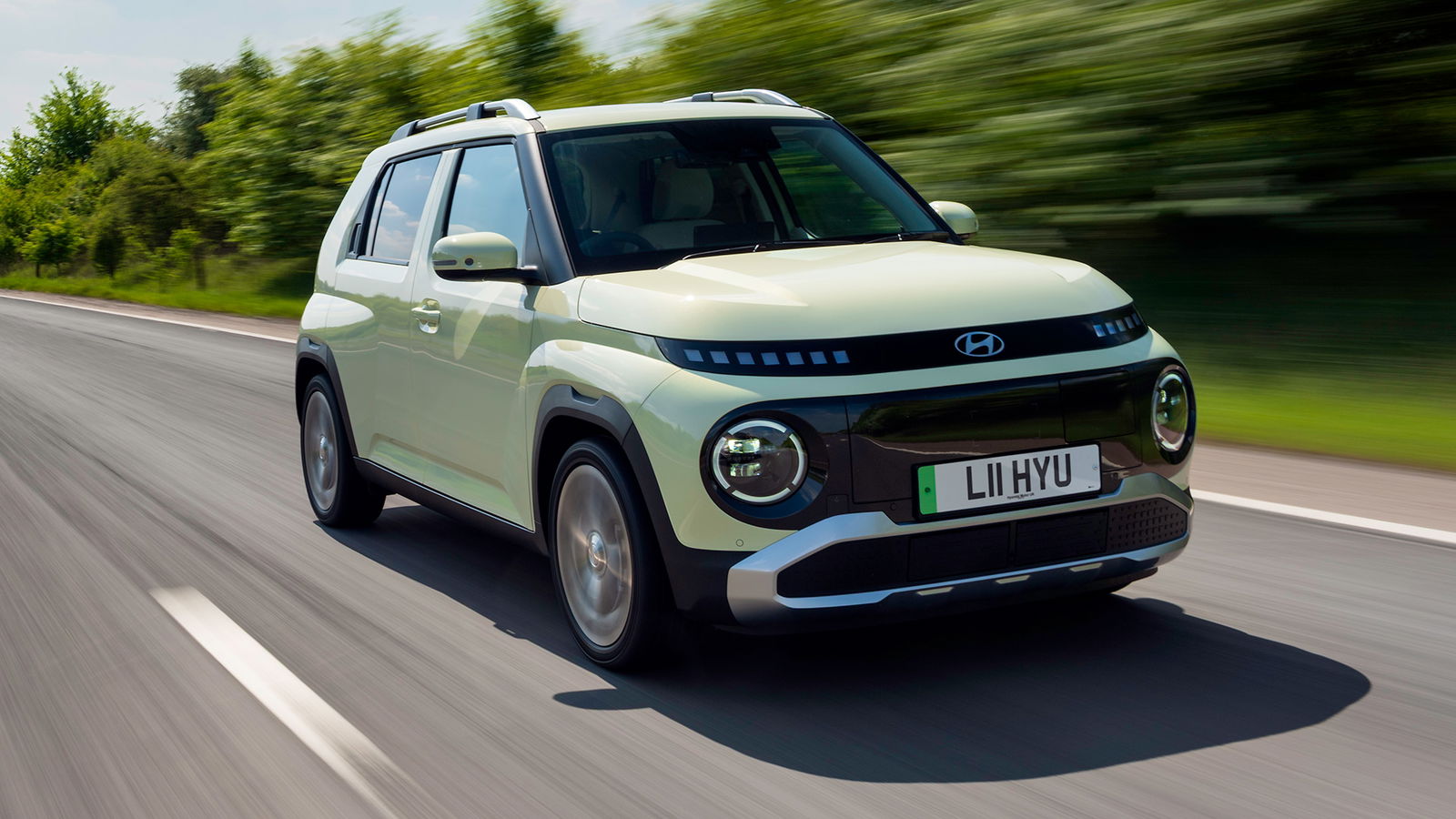
Pros
- Charming looksInterior is much bigger than you’d expect
Cons
- Pricier than its key rivals (unless you're quick..)Lags behind a little on max charging rates
In theory, little electric cars are the ideal solution if personal transport is to be more eco-conscious going forward.
Energy efficiency, for a start, and it helps that a smaller footprint will make life easier in the towns. When you consider that a wholesale push to electrification is generally to reduce the amount of toxins we’re inhaling when out and about in the city, that last point is particularly key.
It’s counter-intuitive, then, that most new EVs introduced for the best part of the last decade have been big SUVs powered by large-scale batteries focused more on range than sheer energy density, then.
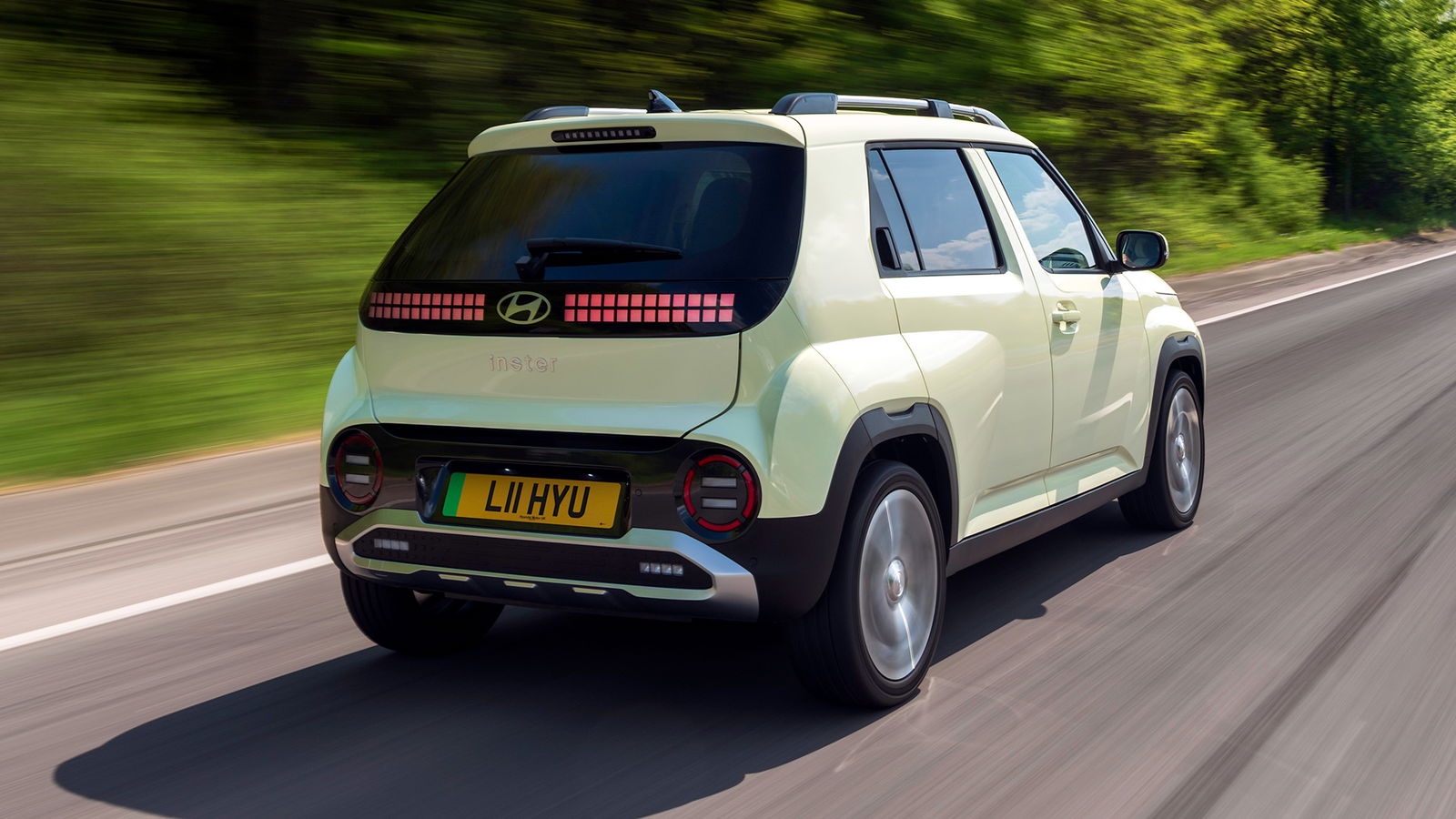
It’s partly not helped by electric cars generally costing quite a lot of money. A £10k price differential is easier to swallow for a buyer of a German-badged mid-size SUV after all than a budget city car.
Finally, though, manufacturers seem to have gotten the technology to the point where the affordable small EV is coming in wholesale. In just the last year or so, we’ve seen the introduction of the Dacia Spring to the UK market, the arrival of the Citroen e-C3 and from China, the BYD Dolphin Surf and Leapmotor T03.
Then there’s the one we’ve been most excited to get our hands on, the Hyundai Inster.
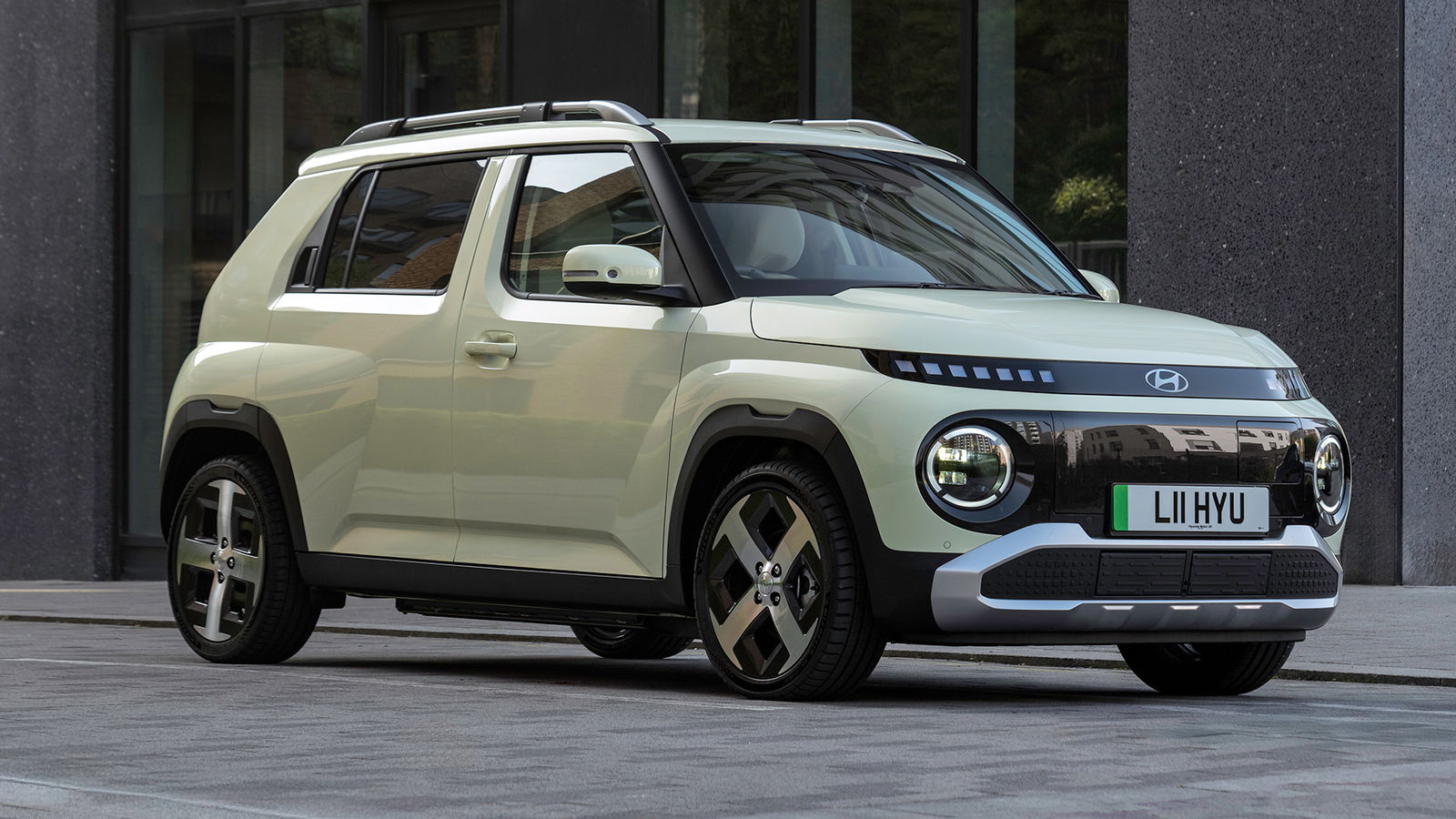
This robotic-looking dinky box of joy is nothing new for Hyundai. Since 2021, it’s been putting a three-cylinder in a car called the Casper for the Korean market, eventually cramming in some batteries and an electric motor before now bringing it to our shores as the Inster.
Unlike the Hyundai Ioniq 5, which is deceptively large, the Inster is truly tiny in its footprint. Measuring just 3.8m long and 1.6m wide, but a useful 1.6m tall, it truly is a box. Yet, thanks to its cutesy retro-futuristic styling, it looks properly appealing too.
Despite its tiny dimensions, it’s relatively gigantic inside. It’ll only seat four, but everyone is going to be very comfortable. Those in the back will have legroom akin to a mid-size hatchback rather than supermini rivals, and an open floor creates a lot of space for both up front.
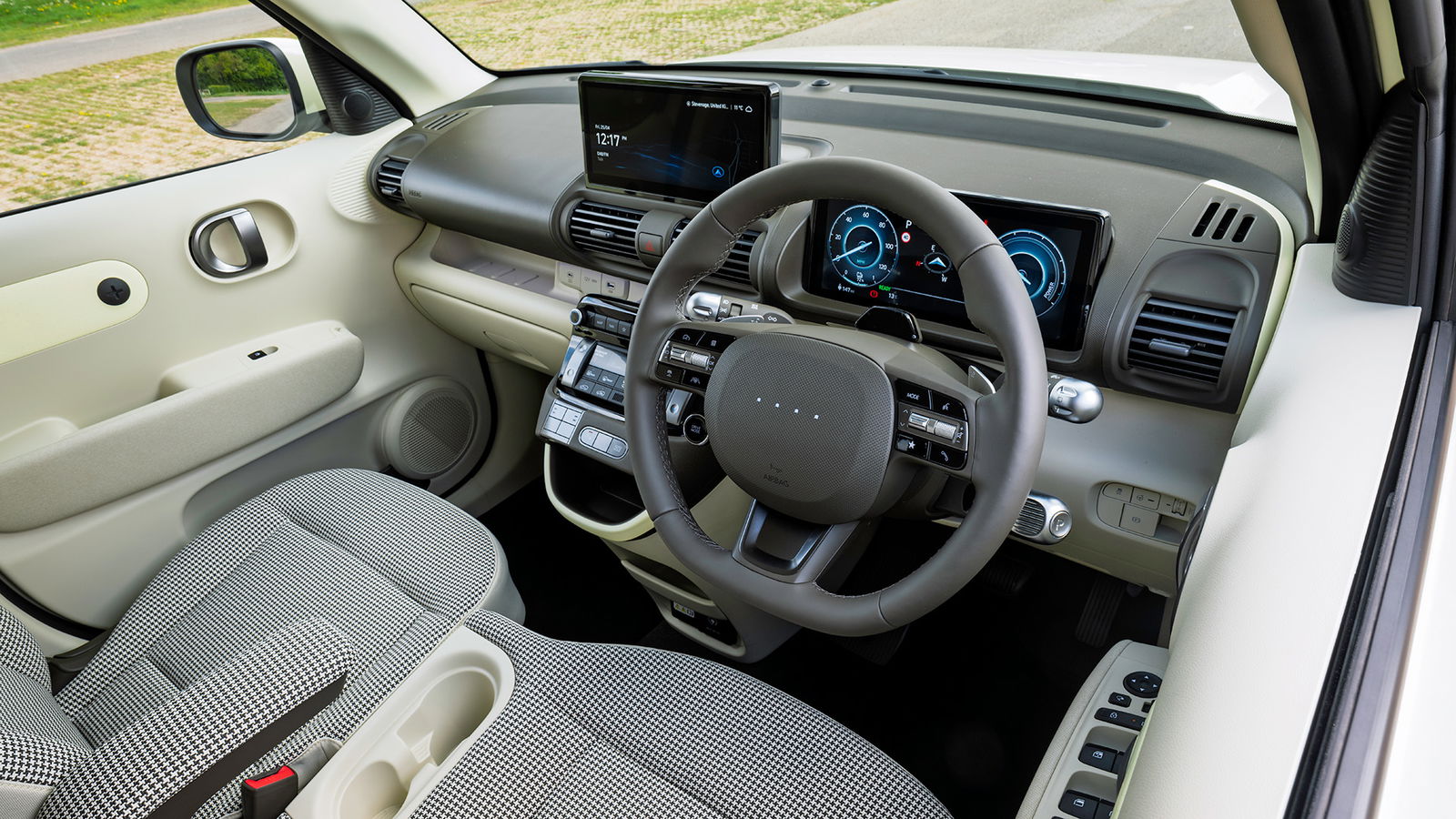
Yet, it’s not devoid of character in the pursuit of space. The four pixel badging as seen on Hyundai’s other EVs features on the steering wheel, you get a neat splash of trim matching your chosen body colour, and some cartoonish plastic pretend bolts on the doors.
Granted, there’s a lot of grey hard plastics and not particularly expensive-feeling materials throughout, but everything feels well screwed together.
Standard equipment includes the segment’s best infotainment system on a handy 10.25-inch display, with wired Android Auto and Apple CarPlay support. Oh, and a reversing camera – not that it’s strictly necessary, given all-round visibility is fantastic.
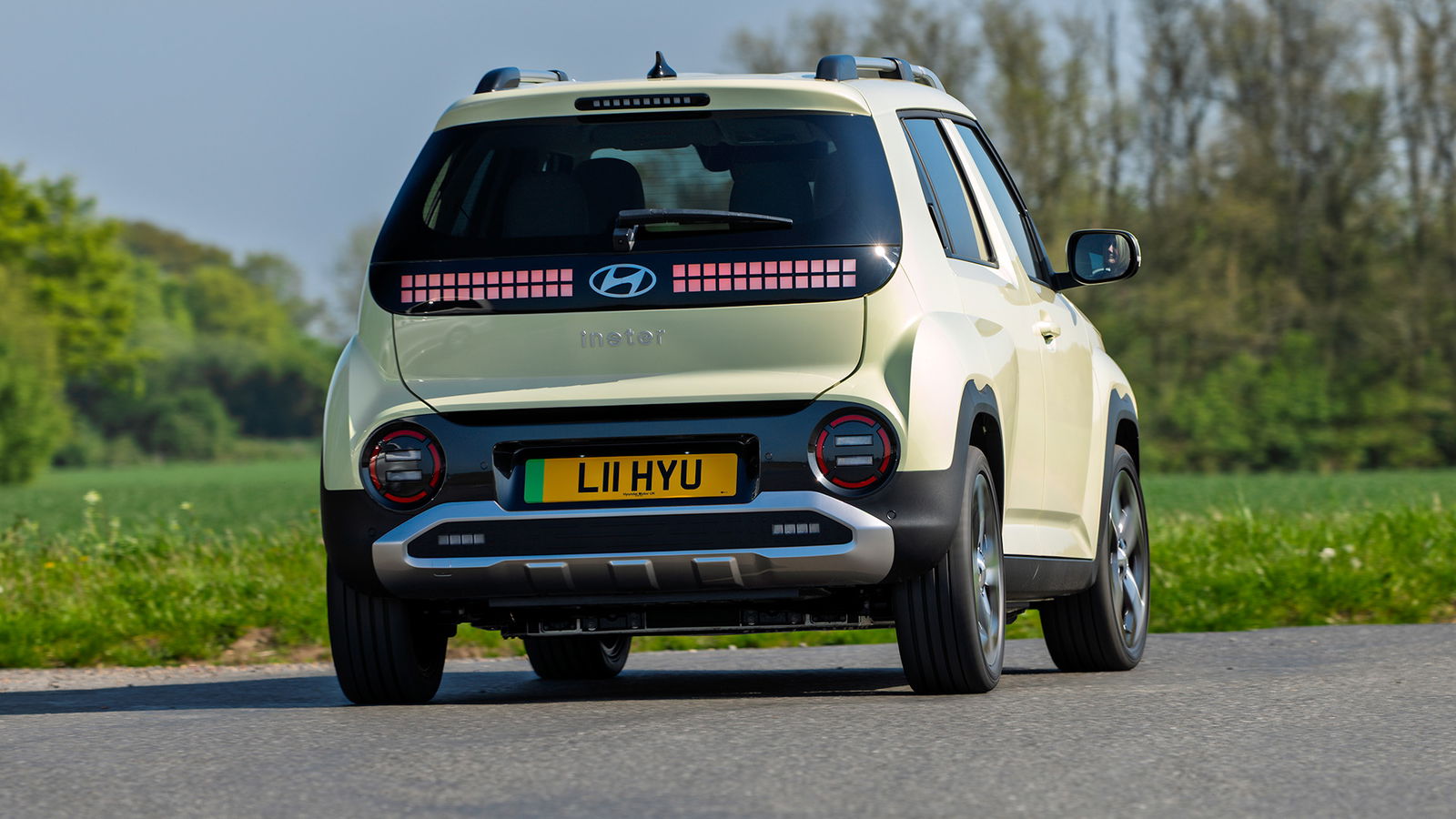
A tiny car naturally comes with a tiny motor and a tiny battery. Ignore the entry-level 42kWh car – you’ll want the extra oomph and range from the 49kWh version of the Inster.
That provides 113bhp and 108lb ft of torque, which will take the robot box from 0-62mph in 10.6 seconds. Yes, it’s slow on paper, but its instant torque is properly useful around town when you’re creeping out of a junction or on roundabouts. It’ll take a while to get up to speed when merging on a motorway, but so will anything else in its class.
As for range, that battery pack is quoted as returning up to 229 miles on a full charge. From our week of testing, a figure around 175 miles is much more accurate, but really, that’ll be absolutely fine for daily use if you can charge at home.
If you can’t, you might be a little disappointed in the Inster’s max DC charge rate of 85kW. Not the end of the world, given how small the battery is, but it’s worth considering that an e-C3 offers up 100kW despite having a smaller capacity pack of cells.
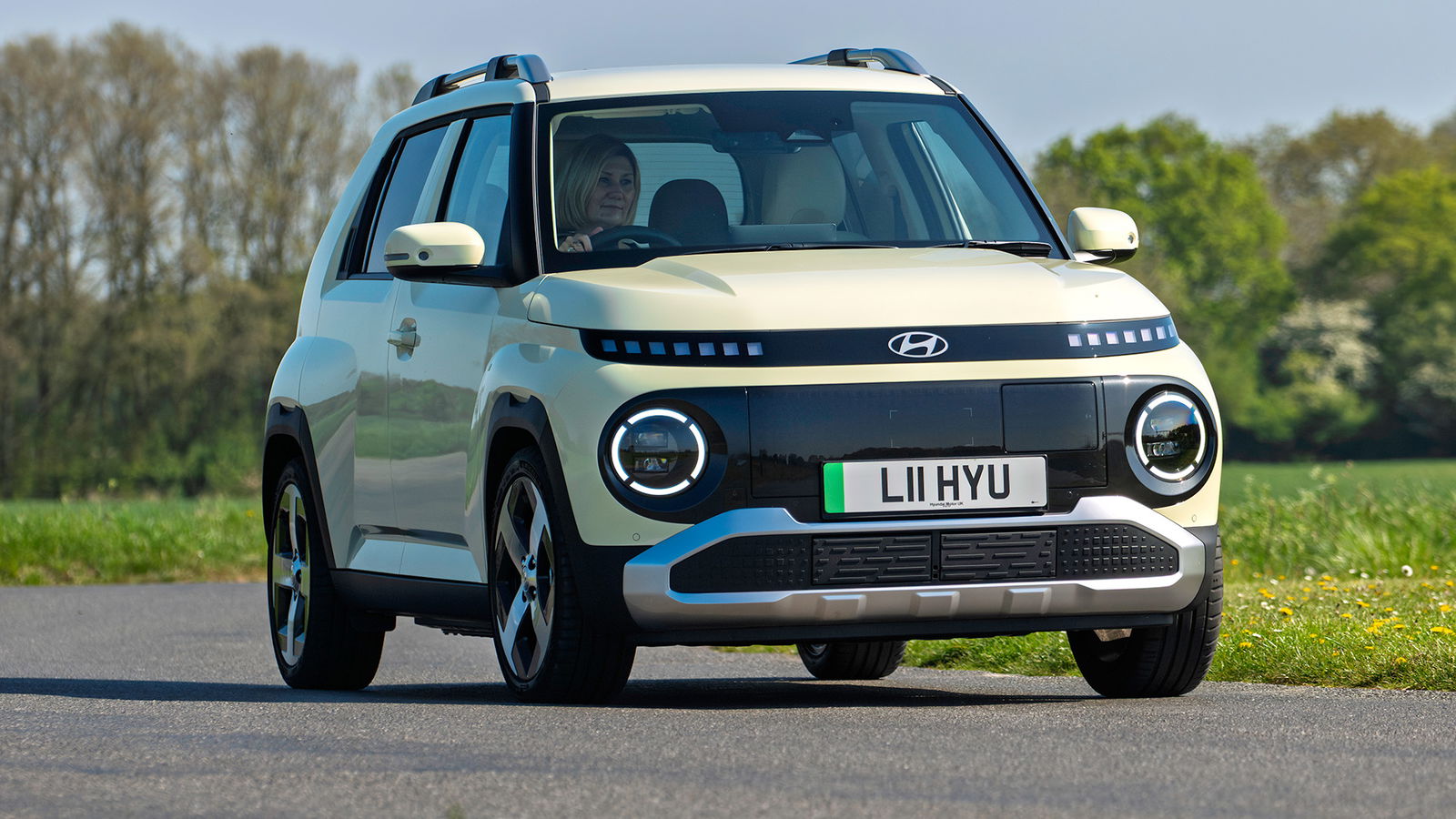
As a thing to drive, then? Frankly, the Hyundai Inster is brilliant and the blueprint of how most electric cars should be. It’s an absolute breeze to park and manoeuvre, it rides neatly enough over bumpy town roads and its steering setup is perfectly on point.
You’ll get a bit of wind noise from its A-pillars at motorway speeds, but not a horrible amount. And sure, it’s not massive fun on a back road. It’s tall, it will lean a lot through corners, and it's not exactly throwing a shedload of feedback at you. That really doesn’t matter here, though.
Honestly, the only real drawback of the Hyundai Inster is its relative price. It starts at £23,505 and for a longer-range car, that rises to £26,755 and tops out at £28,755 for a Cross.
Like-for-like, that’s about £3000 more than the Citroen and BYD. However, at the time of writing, Hyundai is offering a £3500 discount in anticipation of the upcoming Government plug-in grant, rumoured to exclude EVs from the Far East.
We'd act quickly, then. We reckon the Inster is a car we reckon you’d genuinely desire to own, rather than buying as a necessity. A great thing in a small package indeed.
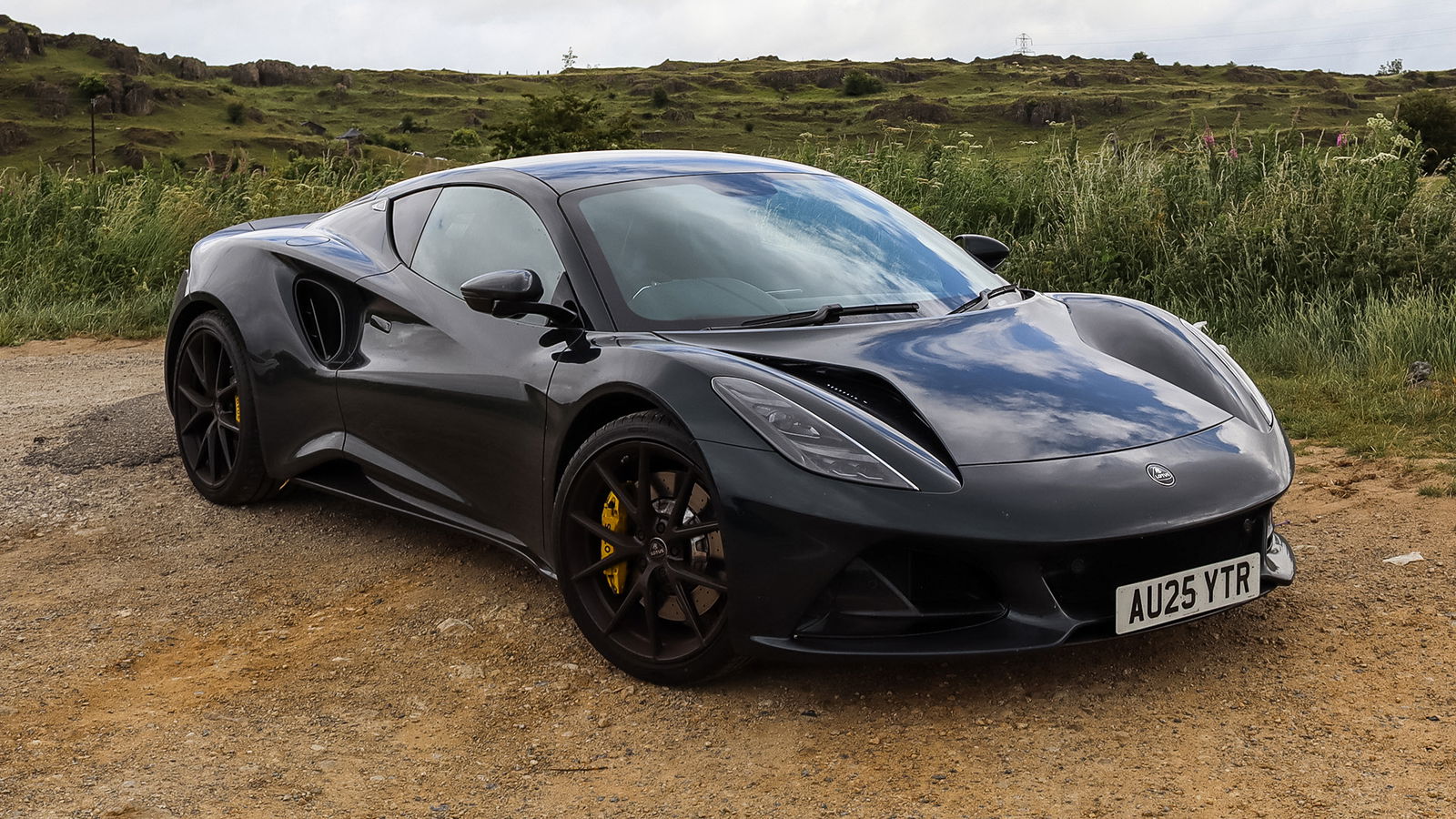
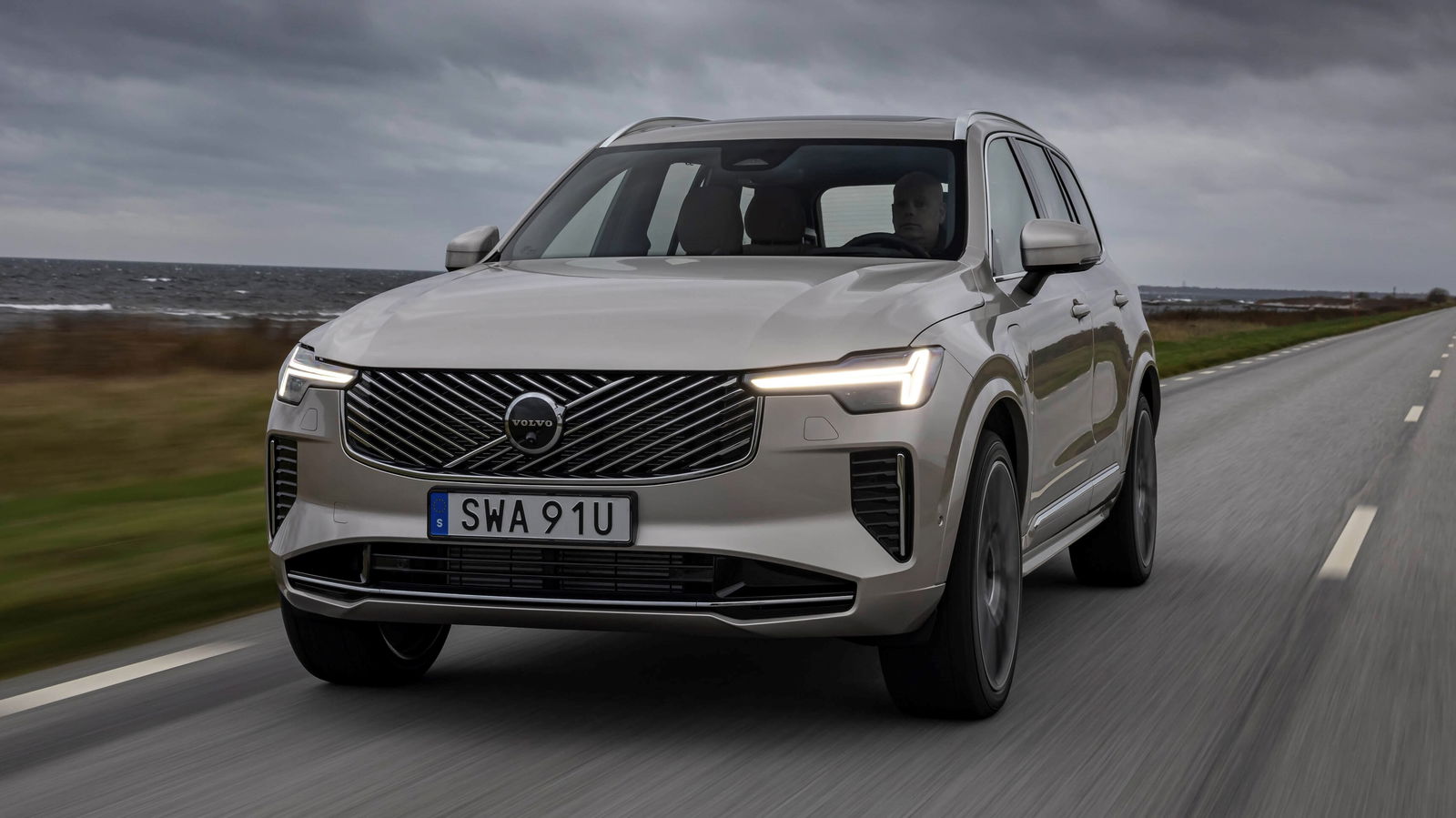

Comments